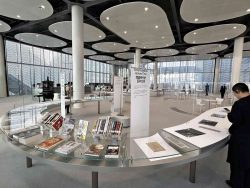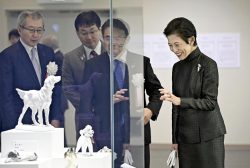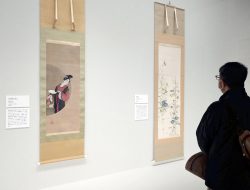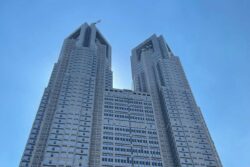Printed Circuit Board Art Radiates Delicate Beauty; Artist Has Original Take on Latest Technology
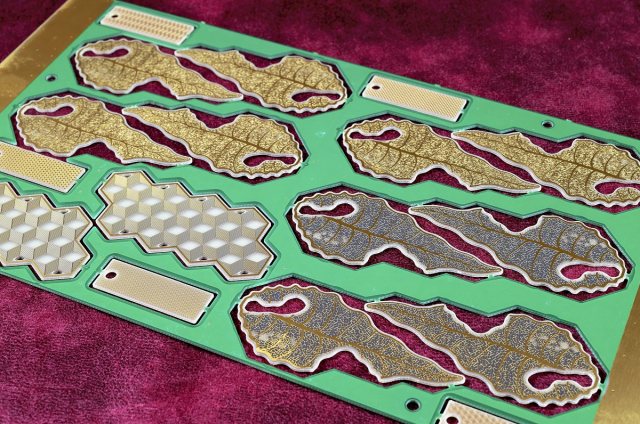
Accessories using printed circuit board technology. They can be removed from the frame and worn.
12:00 JST, June 7, 2024
Printed circuit boards (PCB) are built into all kinds of equipment, including automobiles, home appliances and personal computers. When used in artwork and accessories, the manufacturing technology is turned into a delicate and intricate form of beauty.
One example is a leaf accessory about 6 centimeters long with fine copper veins that are at least 0.1 millimeters wide. Each piece of the accessory is made using the same materials and processes as an actual PCB, including a resin board with woven glass fibers, an insulating material called “solder resist,” and copper plating.
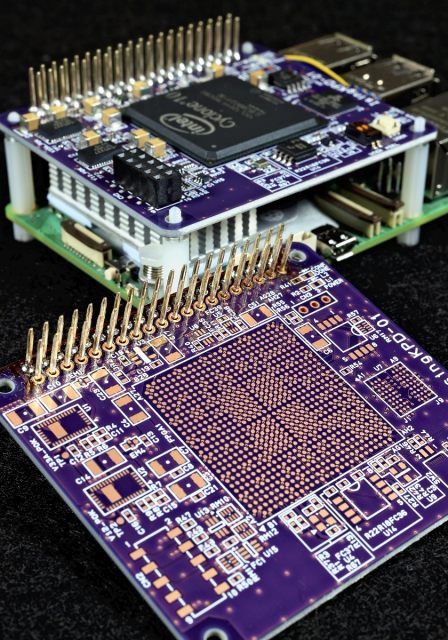
Beauty can be found on PCBs produced for practical use.
Kazuaki Katogi of KPD Co., a Tokyo-based PCB developer and designer, became inspired when he saw artworks in other countries created out of discarded circuit boards. He began to create his own and calls the artform “PCB art.”
He designs his works on a computer system used in product design. “The evolution of manufacturing technology has made minutely subtle artistic expression possible,” said Katogi.
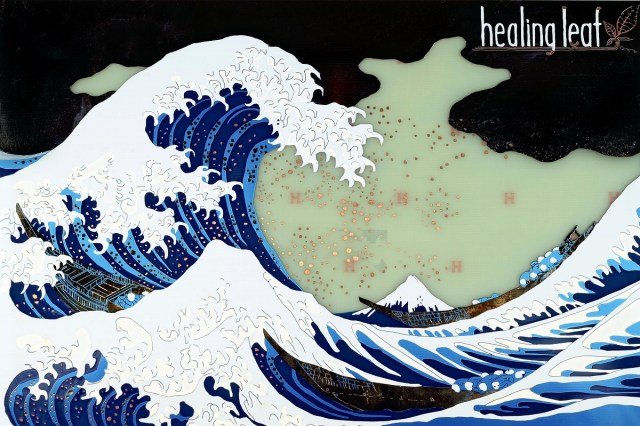
A piece modeled after the “Fugaku Sanjurokkei: Kanagawa oki nami ura” (Thirty-six views of Mt. Fuji: Under the wave off Kanagawa)
He challenged himself to reproduce Katsushika Hokusai’s ukiyo-e work “Fugaku Sanjurokkei: Kanagawa oki nami ura” (Thirty-six views of Mt. Fuji: Under the wave off Kanagawa).The splashing water and boats are depicted by copper foil while the waves and Mt. Fuji are depicted with solder resist.
He assembled his “PCB Balanced Dragonfly” by cutting three parts out of a PCB. It conjures a mysterious atmosphere, as if it had come from cyberspace to the real world.
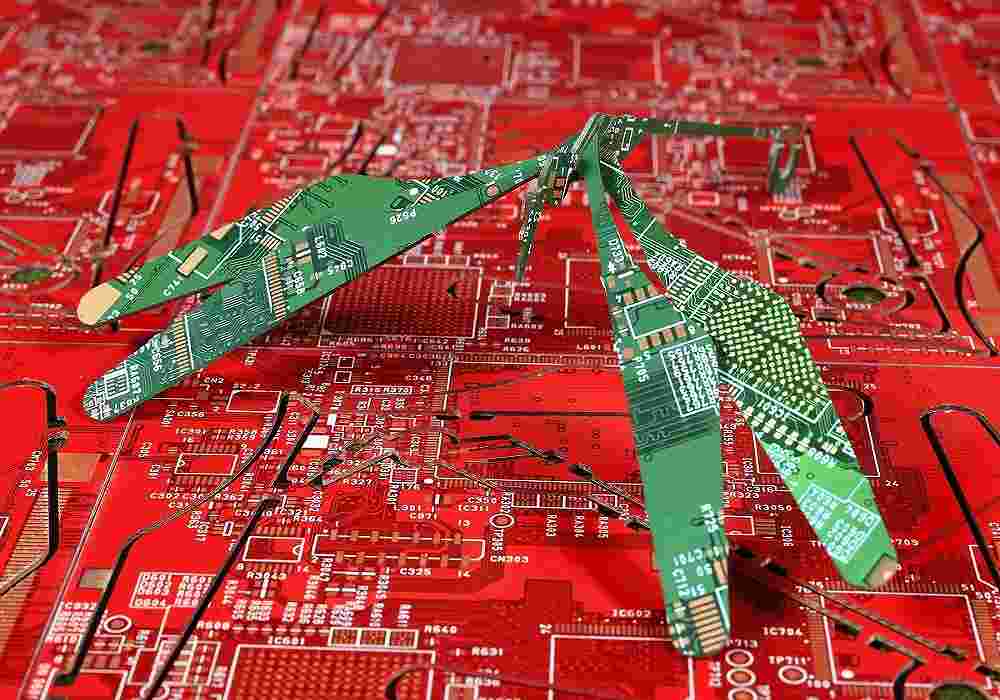
“PCB Balanced Dragonfly” made from a circuit board
Katogi showed us a circuit board that would eventually be used in one of his artworks. At first glance, it appeared inorganic, but it was possible to sense the beauty waiting to be revealed through orderly arrangement. The line between “product” and “art” was quite unclear.
“The work looks simple, but actually complex techniques are at work. I hope people can feel the fusion of art and technology,” said Katogi. Continuing the pursuit of industrial technology may lead to the discovery of universal beauty.
Three-dimensional LED work

“PCB Joint” made of three-dimensionally combined boards
The role of a circuit board is to connect the electronic components so that they conduct electricity, and Katogi made that the focus of his latest work, “PCB Joint.” He assembled multiple parts three-dimensionally and added light-emitting diodes that light up when electricity passes through them. The circuits are programmed to emit various colors and blink. Since the piece can be easily assembled without soldering, it is expected to be used at events.

Kazuaki Katogi
Kazuaki Katogi
Katogi was born in Mito, in 1968. He started his own business designing circuit boards in 1999 and established KPD Co. in 2004. The company has had an office on the Katsushika Campus of Tokyo University of Science since 2016.
In collaboration with the university and local factories, Katogi has taken on the challenge of developing a variety of circuit boards.
"Culture" POPULAR ARTICLE
-
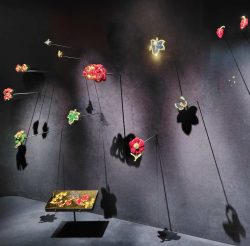
Van Cleef & Arpels Dazzles with Art Deco Artisanry at Tokyo Exhibit
-
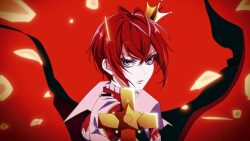
Disney’s ‘Twisted-Wonderland’ Animated Series Puts Villains in Spotlight: New Show Features School Inspired by Classic Disney Films
-

Ayumi Hamasaki’s Shanghai Concert Canceled Day Before Schedule as Part of Beijing Backlash
-

‘The World Masterpiece Theater Series’ Celebrates 50 Years; Animator Looks Back on Creating Anime Classics
-

Popularity of Piggy Banks Across Time and Place Seen at Bank’s Museum of Money Boxes in Hyogo Pref.
JN ACCESS RANKING
-

Tokyo Economic Security Forum to Hold Inaugural Meeting Amid Tense Global Environment
-

Keidanren Chairman Yoshinobu Tsutsui Visits Kashiwazaki-Kariwa Nuclear Power Plant; Inspects New Emergency Safety System
-

Imports of Rare Earths from China Facing Delays, May Be Caused by Deterioration of Japan-China Relations
-

University of Tokyo Professor Discusses Japanese Economic Security in Interview Ahead of Forum
-

Japan Pulls out of Vietnam Nuclear Project, Complicating Hanoi’s Power Plans


